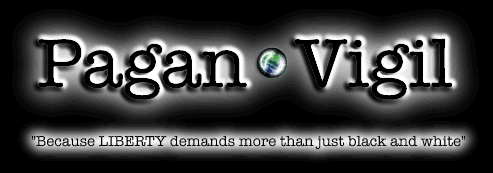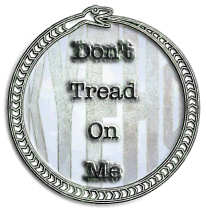Tuesday - 22Nov2016 Filed in:
Headlines&Politics❝❝Charged with promoting campaign-finance reform when he joined Pew in the mid-1990s, Treglia came up with a three-pronged strategy: 1) pursue an expansive agenda through incremental reforms, 2) pay for a handful of "experts" all over the country with foundation money and 3) create fake business, minority and religious groups to pound the table for reform.
"The target audience for all this activity was 535 people in Washington," Treglia says — 100 in the Senate, 435 in the House. "The idea was to create an impression that a mass movement was afoot — that everywhere they looked, in academic institutions, in the business community, in religious groups, in ethnic groups, everywhere, people were talking about reform."
It's a stark admission, but perhaps Treglia should be thanked for his candor.
>snip<
But this money didn't come from little old ladies making do with cat food so they could send a $20 check to Common Cause. The vast majority of this money — $123 million, 88 percent of the total — came from just eight liberal foundations.
These foundations were: the Pew Charitable Trusts ($40.1 million), the Schumann Center for Media and Democracy ($17.6 million), the Carnegie Corporation of New York ($14.1 million), the Joyce Foundation ($13.5 million), George Soros' Open Society Institute ($12.6 million), the Jerome Kohlberg Trust ($11.3 million), the Ford Foundation ($8.8 million) and the John D. and Catherine T. MacArthur Foundation ($5.2 million).
Not exactly all household names, but the left-wing groups that these foundations support may be more familiar: the Earth Action Network, the NOW Legal Defense and Education Fund, People for the American Way, Planned Parenthood, the Public Citizen Foundation, the Feminist Majority Foundation . . .
What did this liberal foundation crowd buy with its $123 million?
For starters, a stable of supposedly independent pro-reform groups, with Orwellian names you may have heard in the press: the Center for Public Integrity, the William J. Brennan Center for Justice, Democracy 21 and so on.
Plus, favorable press coverage. Here, the story — as laid out in the Political Money Line report — gets really ugly.❞❞
Tags: skimmed ∙ 2005 ∙ Sean Treglia ∙ campaign finance reform ∙ Watch List ∙ Congress ∙ Pew Charitable Trusts ∙ Schumann Center for Media and Democracy ∙ Carnegie Corporation of New York ∙ Joyce Foundation ∙ George Soros ∙ Open Society Institute ∙ Jerome Kohlberg Trust ∙ Ford Foundation ∙ John D. and Catherine T. MacArthur Foundation ∙ Earth Action Network ∙ NOW Legal Defense and Education Fund ∙ People for the American Way ∙ Planned Parenthood ∙ ublic Citizen Foundation ∙ Feminist Majority Foundation ∙ Center for Public Integrity ∙ William J. Brennan Center for Justice ∙ Democracy 21 ∙ clipping








